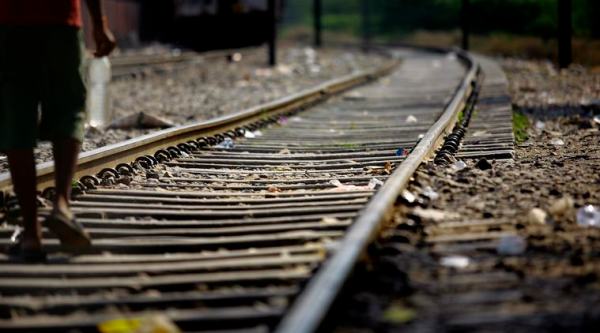 The Uttar Pradesh-based North Central Railway alone has seen 1,300 cases of cattle being run over since April this year. (File Photo)
The Uttar Pradesh-based North Central Railway alone has seen 1,300 cases of cattle being run over since April this year. (File Photo)
How do cows die in India?
Strange as it may sound, but it seems more and more are dying after coming under speeding trains across the country, especially in the Hindi heartland of North India, a fact that has prompted the Railway Ministry to sit up and take note.
The Uttar Pradesh-based North Central Railway alone has seen 1,300 cases of cattle being run over since April this year. This is a sharp 271 per cent jump from 349 cattle deaths during this period last year.
From just about 2,183 cases across the Indian Railways in 2015-16, the number had jumped to over 10,105 in the financial year ending March 2018, signifying a 362 per cent rise. This year, since April, 6,900 cattle have died after being hit by running trains, a 112 per cent jump from the same period last fiscal.
A majority of the cases are happening in North Central Railway, Delhi-based Northern Railway and Madhya Pradesh-based West Central Railway — each accounting for around 18 per cent of all cattle deaths on tracks.
Every case of a cattle — including cow and its progeny — getting run over delays trains, often even damages engines, depending on the speed at which the locomotive hits it. “It is a social problem. Our tracks are not fenced and run through open fields in the country. Often cattle come on the tracks and get run over. Cattle owners are aware of this,” Railway Board Chairman Ashwani Lohani told The Sunday Express.
With governments cracking down on cow slaughter, more and more farmers are abandoning cows after they stop producing milk, said Daljit Singh, president of the Progressive Dairy Farmers’ Association in Punjab. “Cow deaths due to accidents on tracks and roads have increased, but they are mostly cows roaming astray after they stop giving milk. They are mostly desi breed. And this problem will only grow in the coming years,” Singh said. “Is this not cow slaughter?”
Inputs from loco drivers and field units indicate that cattle are also often brought to graze on the green patches along tracks. At divisional level, station staff and security personnel try to sanitise villages to try and keep them off the tracks, but this is clearly not helping.
“It’s a big menace. There are unsupervised cattle and sometimes herdsmen are unable to keep a tab on them. The RPF and track staff try to sensitise villagers in known problem areas, but these cases just keep happening,” said Manoj Singh, Divisional Railway Manager of Jabalpur in West Central Railway, which has seen 1,185 cattle deaths since April, an 85 per cent jump from the same period last year. “We lose punctuality while extricating the cattle from the track and restoring operations; often the engine gets damaged and fails.”